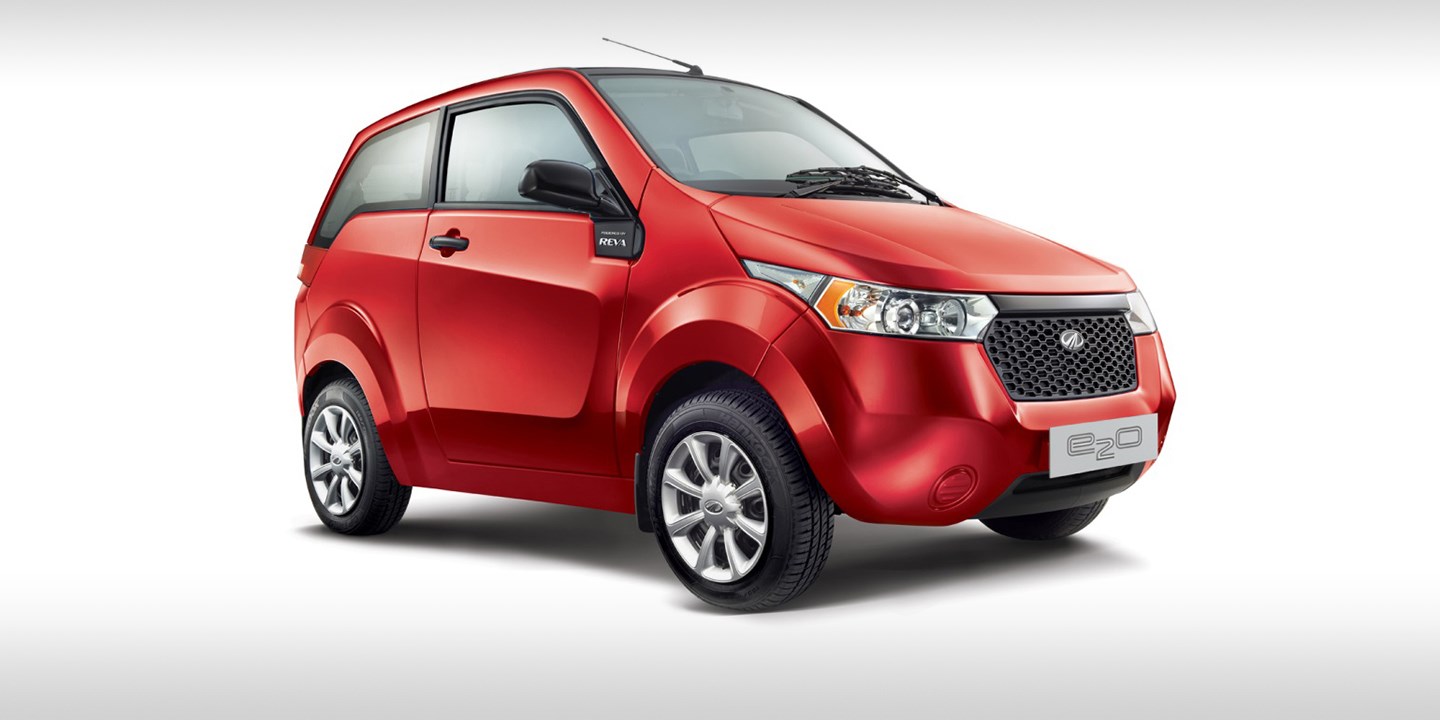India could become a world leader in eco-friendly transport after announcing plans to have only electric cars on its roads by 2030.
In 2013 India established the National Electric Mobility Mission Plan and, later, the Faster Adoption and Manufacture of Electric Vehicles plan, with the goal of putting six to seven million hybrid and electric vehicles on its roads by 2020.
The government offers manufacturers cash incentives to ramp up production on EVs as well as subsidising the costs of converting fossil fuel-guzzling petrol cars to electric.
Cars such as the Mahindra e20, India’s first homegrown modern electric car that is available in other markets around the world, can be picked up for a mere 571,000 rupees ($NZ12,500).
While the e20 may only reach a top speed of 88km/h, it’s exactly the kind of vehicle that could dominate Indian roads in the future.
Power Minister Piyush Goyal says: “Innovation is possible — it just needs an open mind. You need to think of scale and be honest.”

The Mahindra e20 is India’s first homegrown modern electric car.
According to reports, the plans would not rely on government funding — although incentives will still be offered — instead allowing drivers to receive an electric car at no up-front cost, and have them pay off the car with the savings on fuel.
Goyal says the system can be self-sustaining, meaning electricity tariffs will not need to increase. However a more efficient electricity system will be essential to the programme’s success.
The government is committed to supporting the development of charging infrastructure, ensuring a completely electrified fleet of cars can remain full of charge should their plans come to fruition.
With 1.2 billion people, India is one of the world’s most populous countries, which means the elimination of petrol-powered cars could have a profound affect on air quality, especially in the more densely populated cities.
-caradvice.com.au




